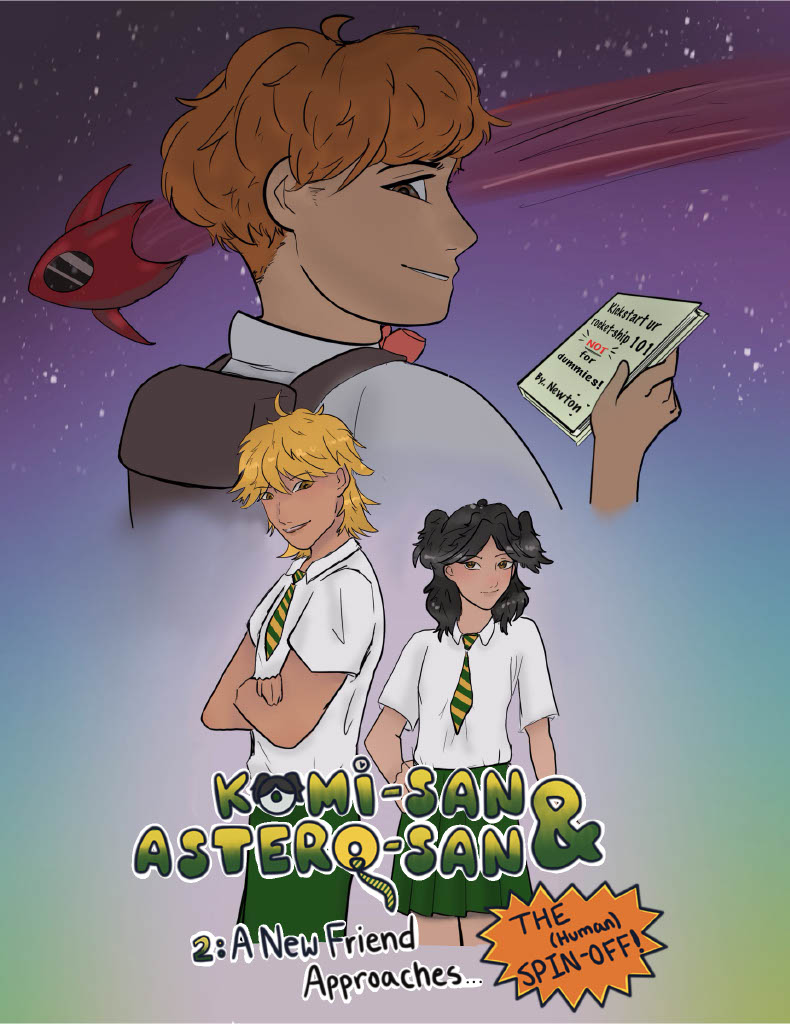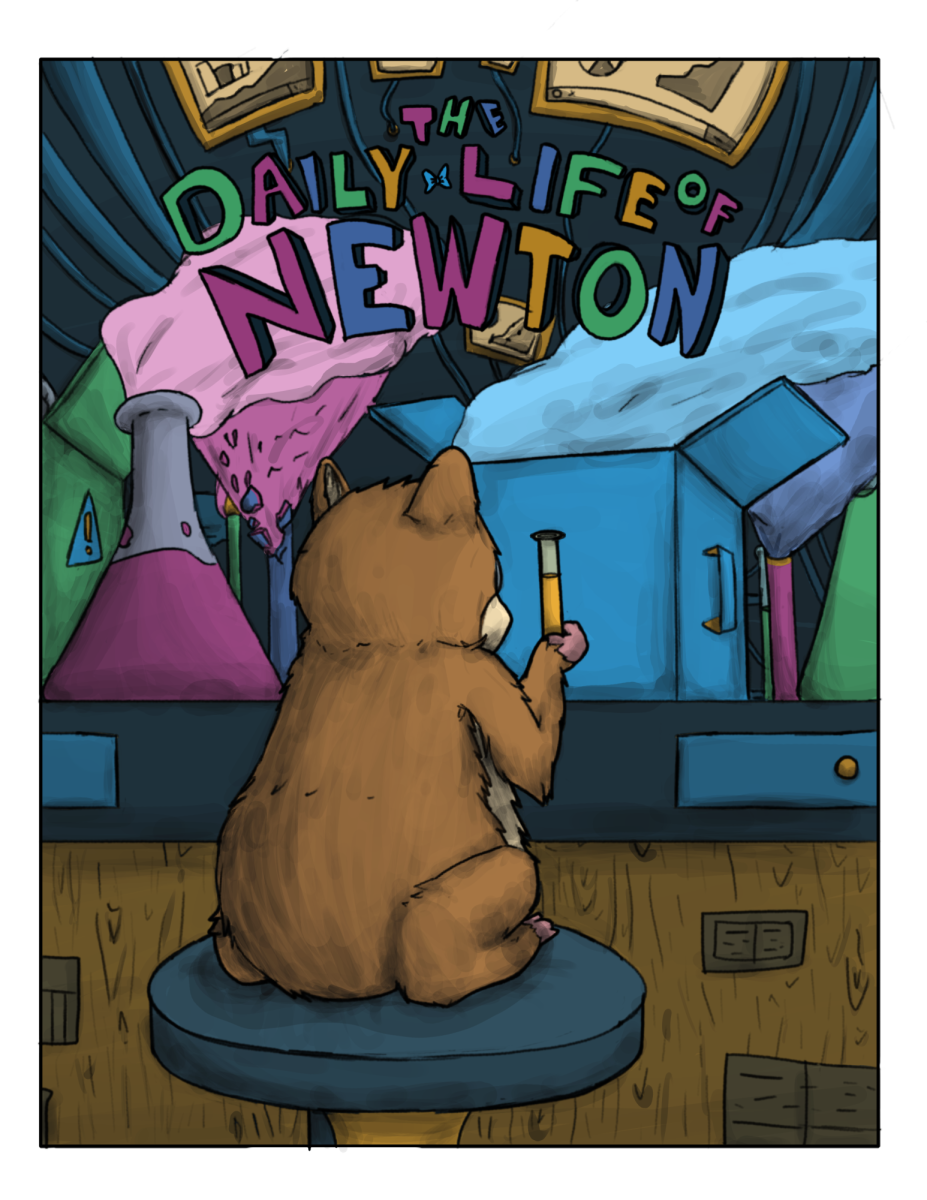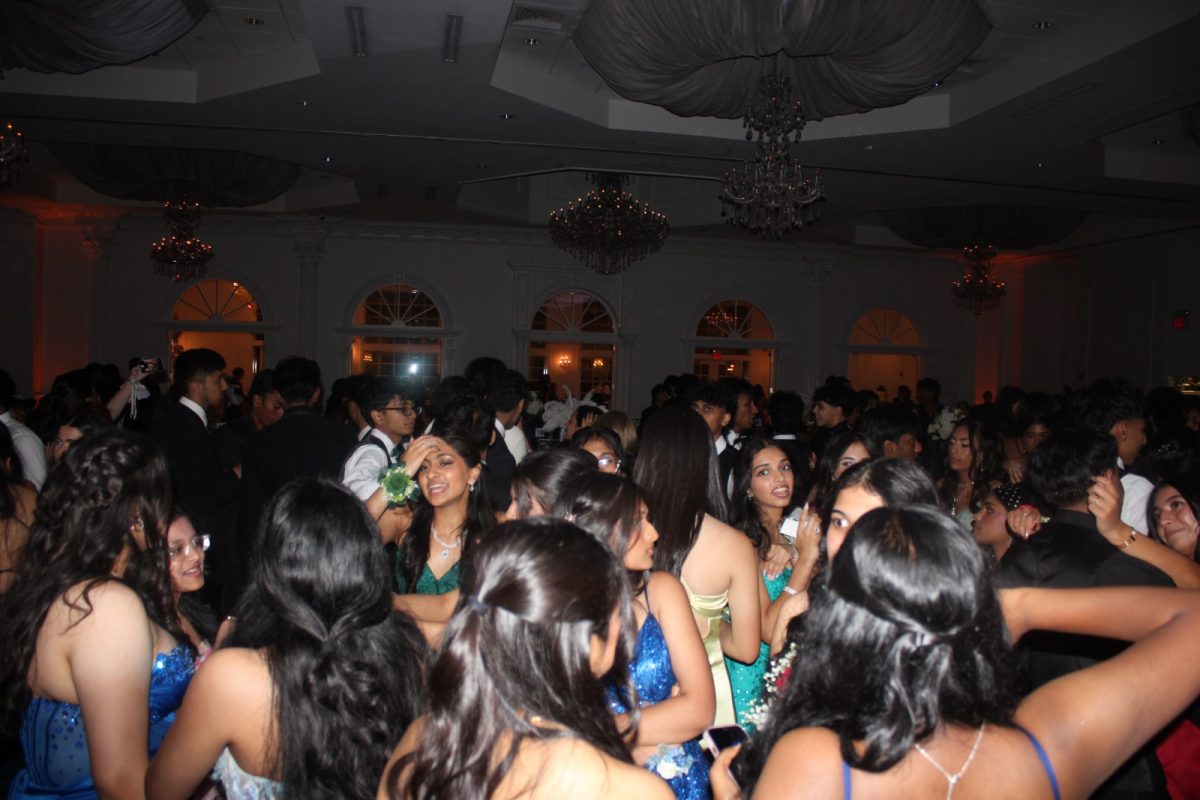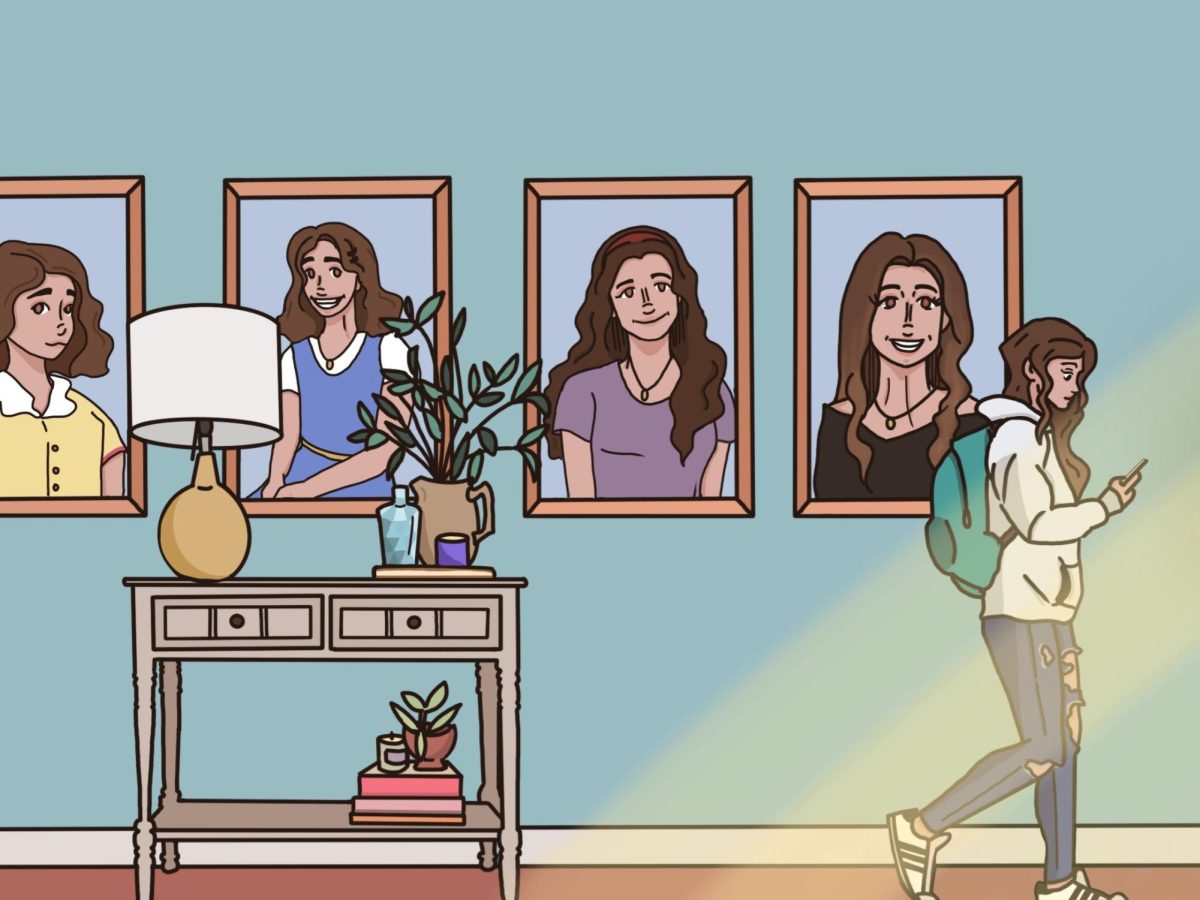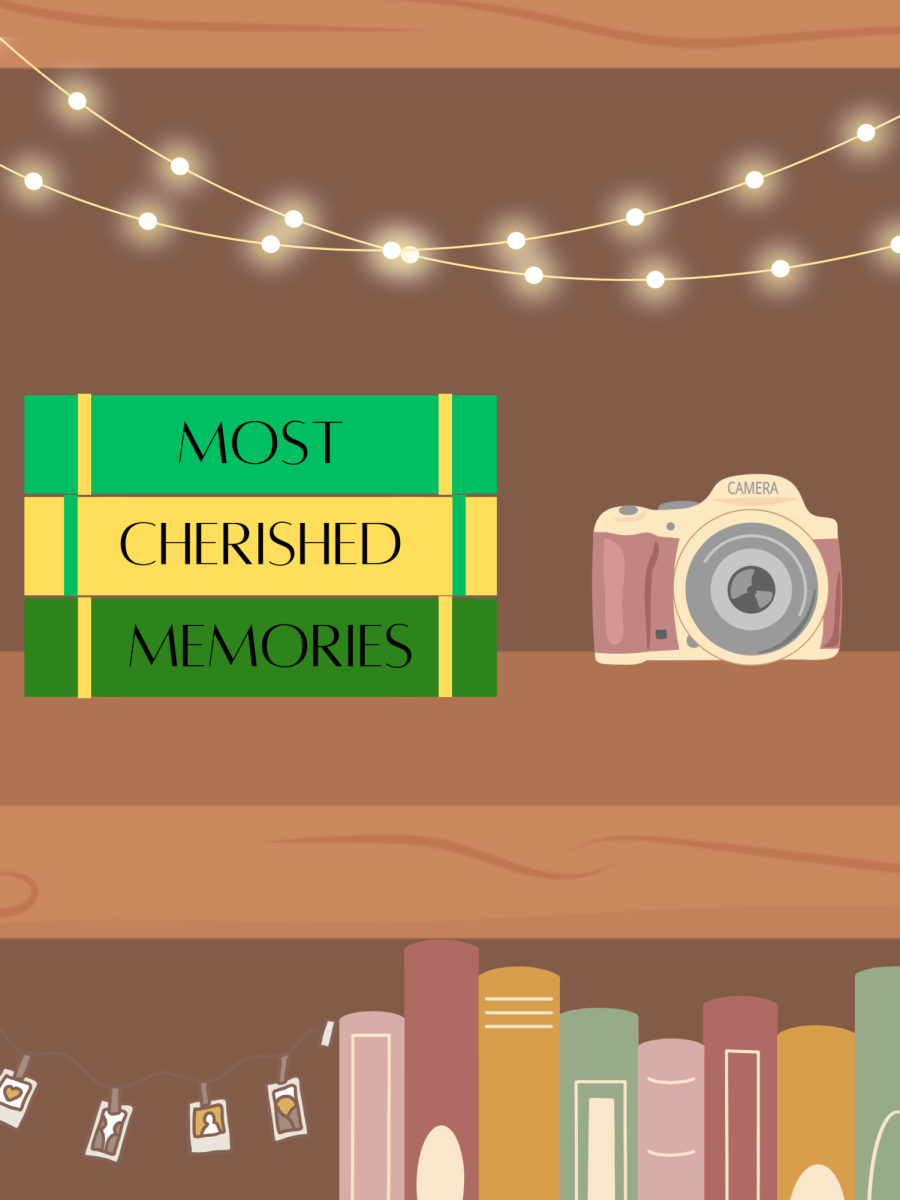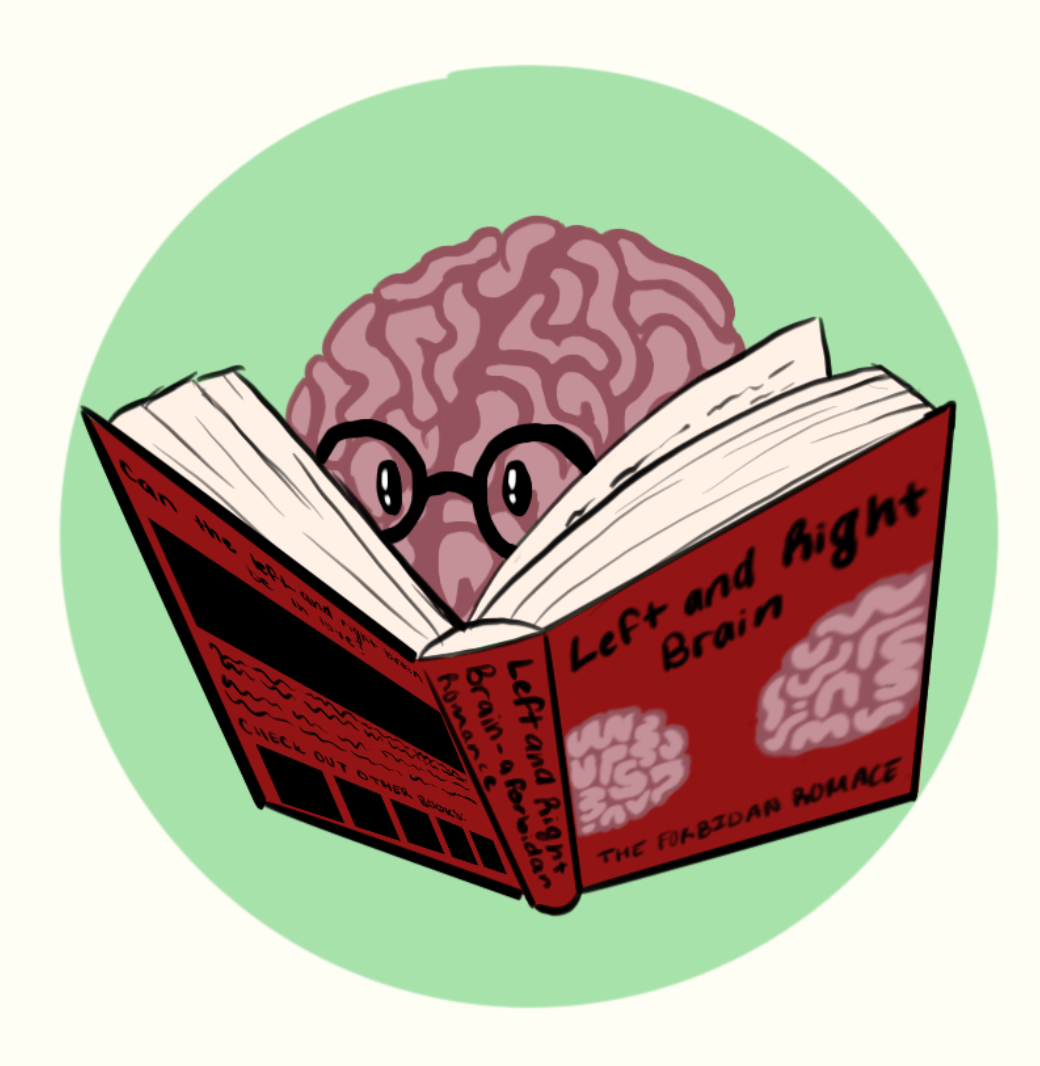At surface level, romance novels may seem one dimensional: color blocked covers, cliche tropes, and over-the-top characters do little to improve the reputations of such novels. When I find myself in the fiction section of bookstores, I’m struck by the number of books sharing the same color schemes, art styles, and even fonts. I don’t feel called to any specific book due to the lack of unique graphics or art arrangements. How am I supposed to tell the difference between “Love on Ice” and “Icy Love” when they both boast the same character silhouetted on blue ice, framed by cursive lettering?
The truth is, sometimes you can judge a book by its cover; one that looks the same as all the others will more than likely read the same as all the others. As for the tropes, there’s only so many times one can read about the main character bumping into a love interest, spilling a drink on said love interest, and, well…we all know what happens after that. As for the characters, I’m tired of the same old grumpy-meets-sunshine relationship. Who’s going to represent the people that fall in the middle—the ones that aren’t quite bright enough for sunshine or bitter enough for grumpy?
While many argue that romance novels are trite and purposeless, the truth is actually quite the opposite. Aside from improving spirits, romance novels have been scientifically proven to increase dopamine levels. Dopamine, a hormone and neurotransmitter, is responsible for creating feelings of pleasure and satisfaction. For me personally, romance novels are the most enjoyable after math and chemistry tests, among other things that ruin my life. As a matter of fact, low dopamine levels can cause laziness and lower energy levels. Essentially, maintaining and regulating dopamine levels is a good way to stay productive and energetic. If you find yourself falling asleep in class more often than usual, the solution might just be a good old romance novel. Despite the fact that the genre can become repetitive at times, there’s no denying that romance is so popular due to its positive effects on the mind and body.
Aside from the production of dopamine, romance novels also have positive social effects. For example, those that read a lot of romance are more likely to know what they want in a partner. After seeing a different main character find love every week, romance readers are better able to hone in on qualities that they find desirable in a potential partner. Furthermore, romance, being the broad genre that it is, has something for everyone. Anyone can pick up a book and see themselves within the characters, relationships, and topics presented. Starstruck aliens, infatuated mermaids, doting dinosaurs, and more—there really is something for everybody. Due to the amount of variety in the genre, romance novels can make anybody feel good about their unique traits and interests. As a result, they can boost confidence and make people more willing to express their love and affection freely. Lastly, by offering such a wide range of character interactions and conflicts, romance novels can help readers properly consider their own relationships; no one wants to be treated the way their favorite main character’s ex treated them.
In my own opinion, romance novels have a bad reputation for no good reason. I’ll admit, there are some that quite literally feel unreadable, but that’s no reason to condemn an entire genre. I’ve always found that romance novels are good palette cleaners in between more serious reads, like mystery novels and biographies. When I find myself in reading slumps, unable to lose myself in books the way I usually can, I always reach for romance novels. Yes, they have simple themes, and yes, they can be repetitive, but that doesn’t make them any less enjoyable. If you’re still unconvinced, think about the positive effects romance novels could have on your health; it really pays to have love on the brain.







